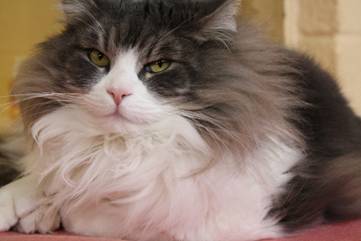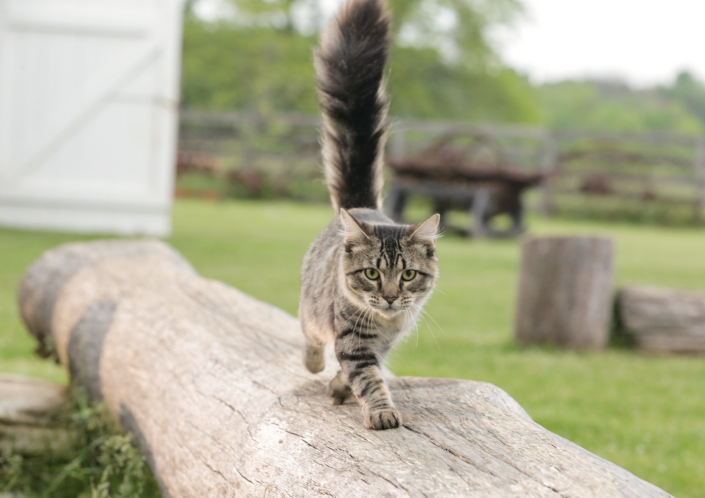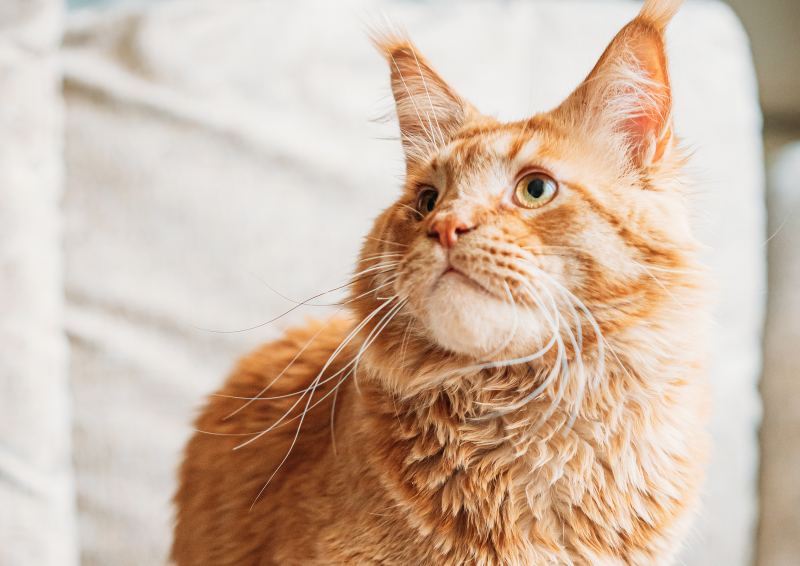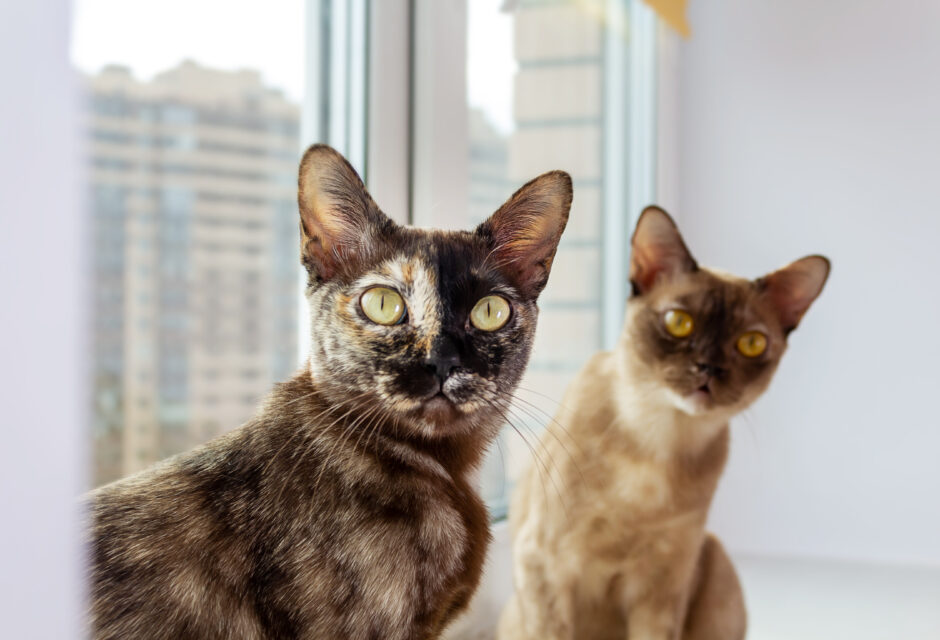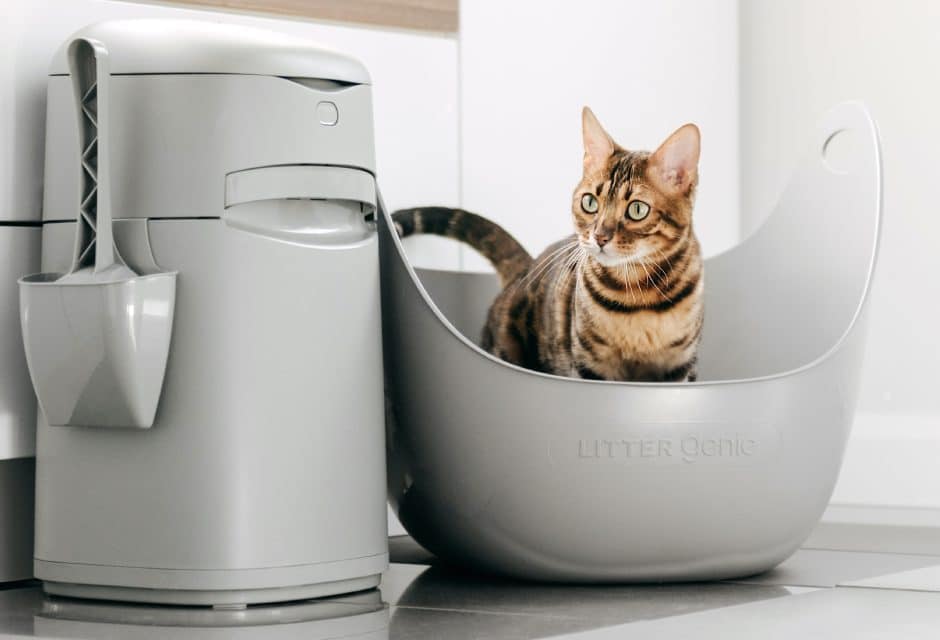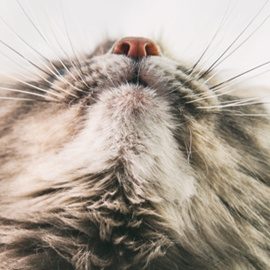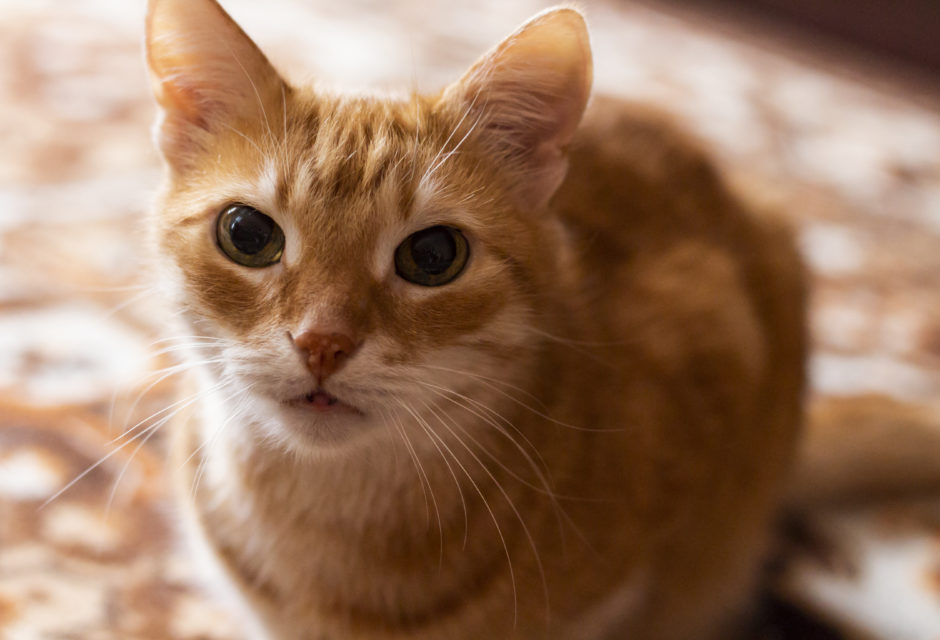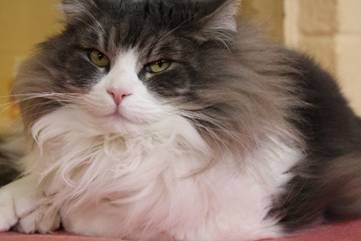
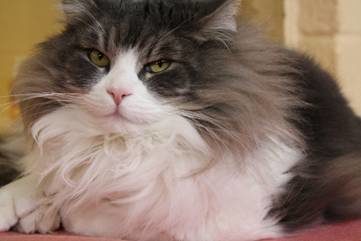
This National Pet Diabetes Month Stay Informed about Feline Diabetes
Just like with humans, diabetes is a gradually increasing problem in pets, and as this problem grows, pet owners should be aware of the risks and treatment options available. Diabetes mellitus is defined by the pancreas’ inability to produce enough insulin needed to process sugars, fats, and proteins. Pet Diabetes Month, observed in November, increases awareness about diabetes in cats and dogs, and this month, Trupanion, a medical insurance provider for cats and dogs, is paying special attention to diabetes in cats.
Trupanion reports that diabetes is the second most common claimed condition among cats. When comparing the data with instances in dogs, Trupanion found that cats are 3.5 times more likely to have diabetes.
Feline diabetes typically occurs in middle-aged to older cats, but pet owners with cats under a year old have submitted claims for diabetes and hyperglycemia. While this is rare, being aware of the symptoms and risks of your pet early on is beneficial. Overweight pets and those with pancreas issues are also at a higher risk of developing diabetes. Trupanion found that owners of obese or overweight pets spend over ten times more on diabetes than an owner of a pet with a healthy weight.
Cat owners should be aware of the signs of feline diabetes and of the treatment options available. With early diagnosis and an understanding of the disease, diabetes can be well-managed. Without treatment, it can lead to infections in the kidneys or bladder, malnutrition, dehydration, and death.
Catching diabetes early can improve the ease of management and help your cat in the long run. Some of the early signs of diabetes include excessive thirst and urination, excessive appetite, and weight loss. If you notice any of these symptoms in your cat, consult your veterinarian.
If your cat is diagnosed with feline diabetes, there are many treatment options available. Work with your veterinarian to feel empowered when caring for your pet. Every treatment regimen will be slightly different, from diet and exercise adjustments to oral medications and insulin therapy, and it’s essential to stay well-informed with each adjustment to treatment over your cat’s life. Cats typically require insulin injections and some cases can be regulated with oral medications.
Join the newsletter and never miss out on cat content again!
"*" indicates required fields
By clicking the arrow, you agree to our web Terms of Use and Privacy & Cookie Policy. Easy unsubscribe links are provided in every email.





